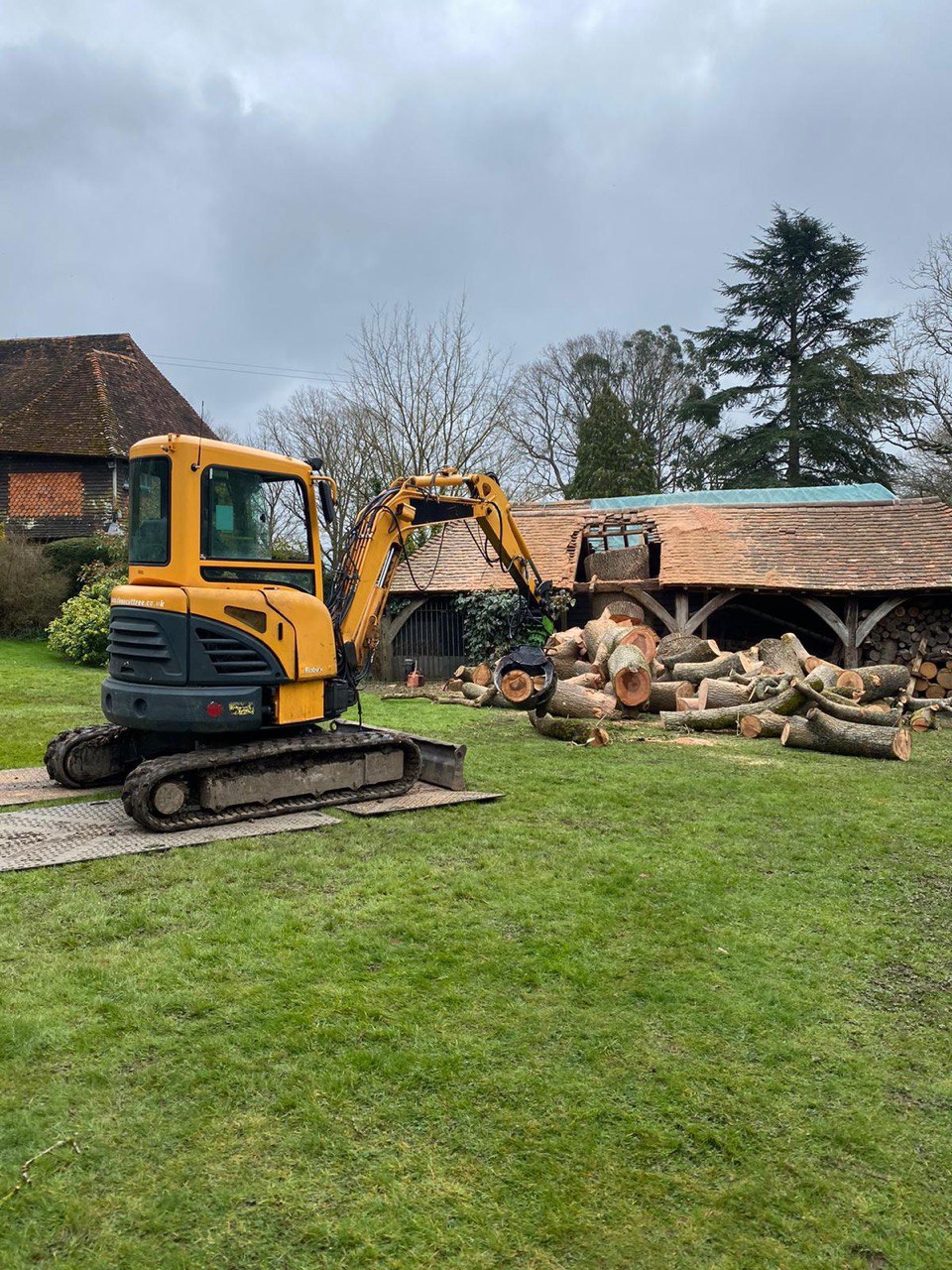
Introduction: Public parks and green spaces are essential to urban landscapes, providing recreational areas, wildlife habitats, and greenery amidst urban development. However, tree stumps in these areas can detract from their beauty and usability. In this blog post, we’ll explore how stump grinding can enhance public parks and green spaces, making them safer, more attractive, and more functional for visitors of all ages.
- Safety and Accessibility: Tree stumps pose safety hazards, especially in high-traffic areas frequented by pedestrians, cyclists, and children playing. Uneven terrain created by stumps can cause trips and falls, leading to injuries and liability concerns for park managers. Stump grinding removes these hazards by grinding stumps below ground level, eliminating tripping hazards and creating smooth surfaces. This improves accessibility for visitors, including those with mobility aids or strollers, ensuring everyone can enjoy the park safely.
- Aesthetics and Visual Appeal: Tree stumps can detract from the visual appeal of public parks and green spaces, creating eyesores in otherwise scenic landscapes. Stump grinding restores the natural beauty of these areas by removing unsightly stumps and creating seamless transitions between open spaces and wooded areas. With stumps ground down to mulch, parks appear more manicured and inviting, enhancing the overall aesthetic appeal and visitor experience.
- Space Optimisation: Unused or inaccessible areas occupied by tree stumps limit the usable space within parks and green spaces. Stump grinding maximises usable space by reclaiming areas previously occupied by stumps, allowing park managers to repurpose these spaces for recreational activities, seating areas, or landscape enhancements. By optimising space, parks can accommodate a wider range of activities and events, catering to visitors’ diverse needs and interests.
- Environmental Sustainability: Decaying tree stumps can attract pests, fungi, and diseases that may threaten surrounding vegetation and wildlife. Stump grinding accelerates the decomposition process, converting stumps into nutrient-rich mulch that enriches the soil and promotes healthy plant growth. As stumps decompose, they release nutrients into the ecosystem, contributing to soil fertility and supporting the regeneration of native vegetation. By promoting environmental sustainability, stump grinding helps maintain the ecological integrity of public parks and green spaces.
- Long-Term Cost Savings: While stump grinding may require an initial investment, it offers long-term cost savings by reducing maintenance needs and minimising risks associated with decaying stumps. Regular stump grinding prevents future problems such as pest infestations, root regrowth, and structural damage caused by decaying stumps. By addressing these issues proactively, park managers can avoid costly repairs and mitigate potential liabilities, saving time and resources in the long run.
Conclusion: Stump grinding is a valuable tool for enhancing public parks and green spaces, improving safety, aesthetics, usability, and environmental sustainability. Stump grinding contributes to the overall quality and appeal of urban green spaces by removing hazards, optimising space, and promoting ecological health. For park managers, municipalities, and community organisations responsible for maintaining public parks, stump grinding represents a proactive approach to enhancing these cherished community assets’ recreational value and ecological integrity.
Call us on: 01474 554896
Click here to find out more about Gravesend Tree Surgeons
Click here to complete our contact form and see how we can help you with your tree’s needs.